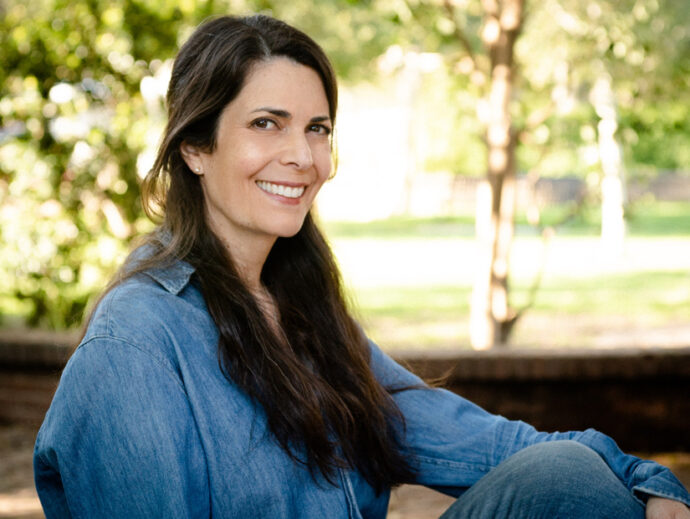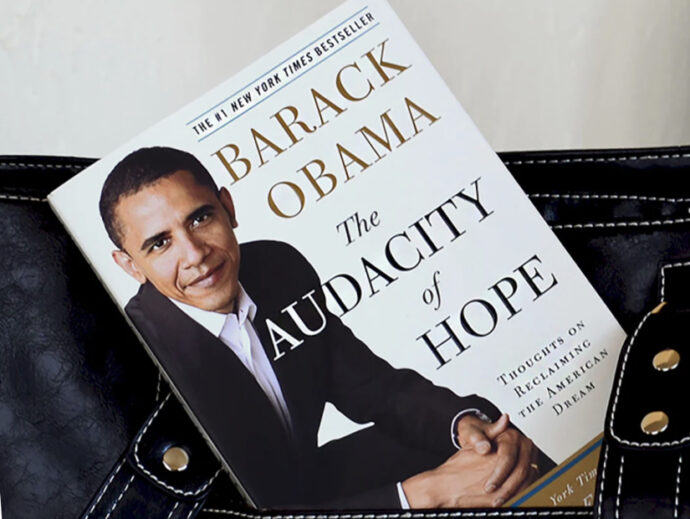
Kubo and the Two Strings
Is “mind blown” passé? I’m too old to know or to care. As the credits rolled, the patient wife and I simultaneously turned to look at each other, but had no words. Simply put, “Kubo and the Two Strings” is a powerful film.
In 1977, we didn’t use the term “mind blown”, but I vividly remember seeing Disney’s “Fantasia” on a 60’ big screen. My fifth grade vocabulary also lacked the word “transcendent”, but I saw animation’s ability. Animation can bring impossible beauty to life. What you can only imagine, you can now see. Seeing is what “Kubo” is all about.
The story of Kubo involves a 12 year boy, Kubo, the son of a samurai and a magical goddess. Kubo sets off on a quest to acquire magical armor to protect himself from his evil maternal grandfather and aunts. He is accompanied by a monkey, an origami samurai and a giant samurai beetle. I fear if I say any more I will give away the secrets of the plot.
Kubo has some magic in him, inherited from his mother. Playing a shamisen, a three stringed Japanese lute, Kubo can bring origami to life. Initially, he uses it to tell stories in his village, and later to aid in his quest. Kubo is also missing an eye, stolen by his grandfather, who also wants to take his remaining one.
The art of origami involves seeing the possibility of what lives in a sheet of paper the same way a sculptor sees the statue in a hunk of rock. The power of seeing, of seeing the beauty of people and their stories or preferring to be blind to pain and suffering, steers the message of “Kubo”.
Visually, “Kubo” is magnificent. Laika Studios mixes stop motion and computer animation seamlessly. The colors and textures create scenes of beauty and art. The plot drives you into the adventure. It becomes an experience of absorption that American animation rarely achieves. It is reminiscent of Ghibli movies. The only letdown is the very end, which wraps up in a happy, Disney-ish ending rather than a mixture of joy and sadness, which perhaps the story deserves.
“Kubo” is not a movie for the very young. At times it is scary, and the story a bit too complex. I saw young children in the audience become distracted at times. It was perfect for my twelve year old sons, however. One of them declared that this was now his favorite movie of all time. We all felt that we would need to see it again.
If you are familiar with previous Laika films, such as “Coraline” and “Boxtrolls”, you know that they set a high standard for the art and detail of their movies. “Kubo” smashes this standard and transcends it, journeying into a new realm of impossible beauty. The previews in no way reflect what you will see. If I dare wander further into cliché, it is the must-see movie of the year. Be kind to yourself, “Kubo” contains art that must be seen on the big screen. Don’t walk; run to the theater.
*




